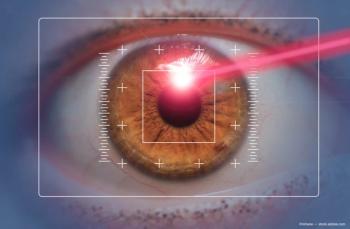
Collamer Accommodating Study Team to test properties of lens material
A team of seven leading ophthalmologists has been assembled to evaluate the accommodative properties of a proprietary material (Collamer, STAAR Surgical) used in the company's accommodating IOLs, it was announced in a prepared statement.
Key Points
Monrovia, CA-A team of seven leading ophthalmologists has been assembled to evaluate the accommodative properties of a proprietary material (Collamer, STAAR Surgical) used in the company's accommodating IOLs, it was announced in a prepared statement. CAST (Collamer Accommodating Study Team), the name of the team, was formed during the American Academy of Ophthalmology annual meeting.
A collaborative, phased approach will be used for the evaluation, according to the company:
Phase I will begin with the launch of the aspheric single-piece model of the lens. The initial goal is to collect baseline accommodative data on the performance of the lens-members will collect near and distance visual acuity data from their patients who have received the accommodating IOL implant.
Phase III will involve a newly designed lens that would require a full clinical study and submission to the FDA for approval to commercialize the device and make accommodative claims in the United States.
"Our patented [lens] material is similar to the eye's natural crystalline lens in its ability to refract light, its flexibility, and high water content-all characteristics necessary for high-quality visual outcomes," said Barry G. Caldwell, president and chief executive officer of STAAR Surgical.
Newsletter
Don’t miss out—get Ophthalmology Times updates on the latest clinical advancements and expert interviews, straight to your inbox.
















































.png)


